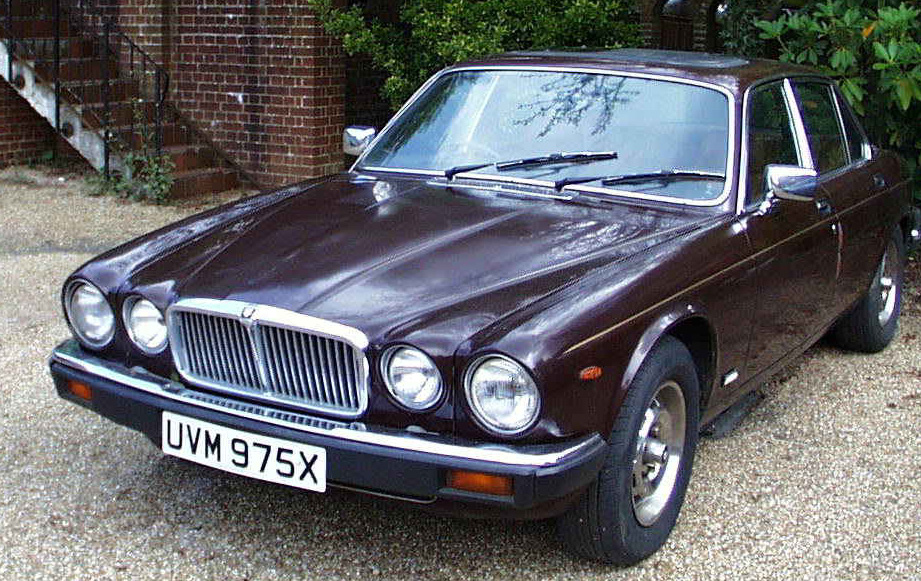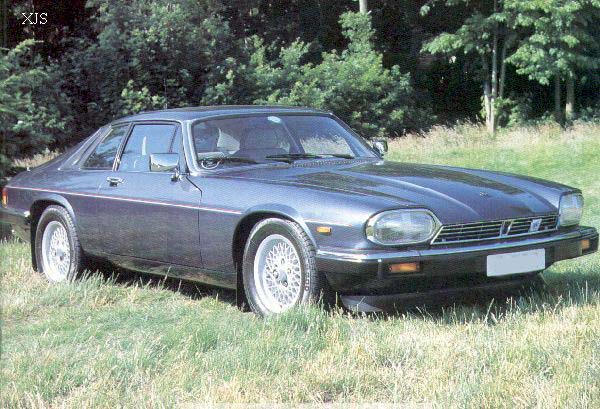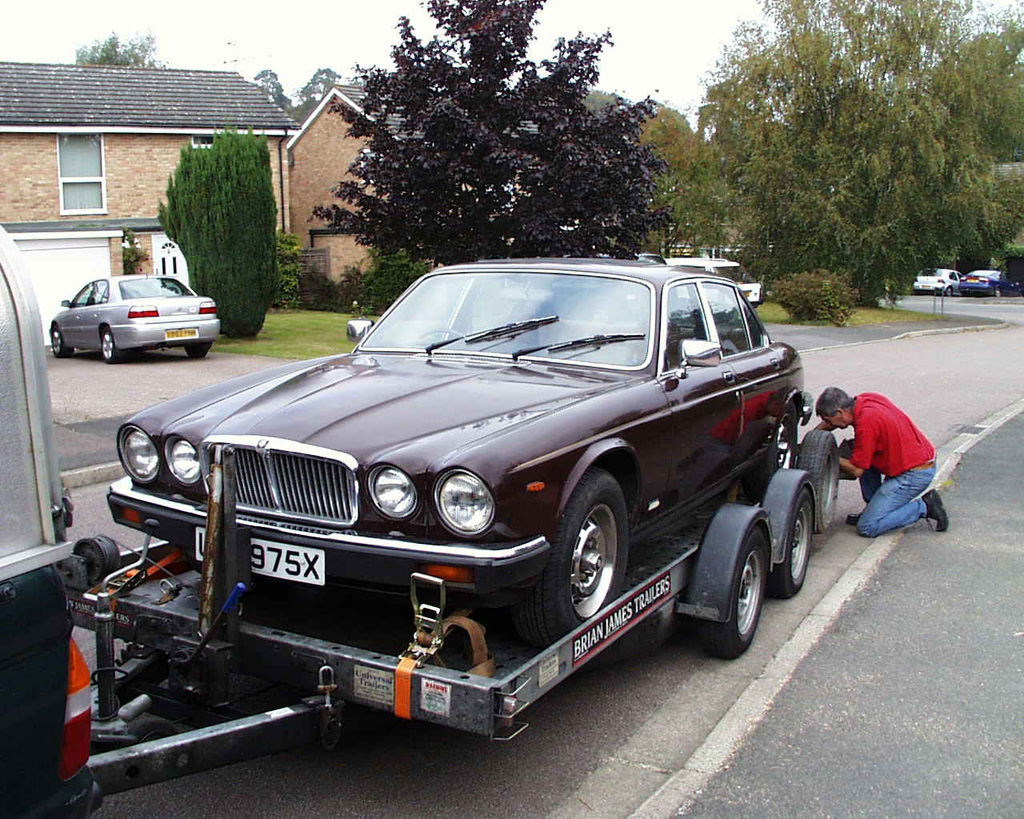|

|
|
So you've decided to build an
Jaguar XK120 replica and you need a Donor car. Easy!..., There are lots
of them about, all with XJ6 Badges on the back of them and at reasonable
prices. Rarely is anything that simple, as I found out. The true
Jaguar XJ6 evolved from 1968 (Series1), through 1973 (Series 2) to 1979
(Series 3) until 1986. All powered by the 6cyl XK engine (developed from
the original engine that powered the XK120) There was also an XJ12 variant
powered by a 5.3L V12 engine and this is definitely not suitable and
easily dismissed. To make matters worse there are also Daimler
Sovereign versions of the XJ6 and XJ12. Broadly speaking these were
up-market versions with extra "fluffy dice" and mechanically identical to
the XJ6 & XJ12. After 1986 is where the confusion starts since the cars
continued with XJ6 badges but were really XJ40's powered by a lighter
(Aluminium) AJ6 engine. At a glance XJ40's (1986-94) and X300 (1995-2003)
look like XJ6's but underneath they are extensively re-designed.
And what of the Jaguar XJS (1975 - 1995). Again you can eliminate anything
with a V12 engine. But some XJS's were fitted with a 3.6 L, AJ6 power unit
and could be a possibility. Confused? You should be? So let's see if we
can throw some light on the subject. |

Our Jaguar XJ6 Series 3 Donor Car |
The XJ6 provides most of the
parts needed to build a Classic 120. The most useful donor is the XJ6
Series 3. Why not series 1 or 2? They could be used, but mostly on the grounds of build quality and
age should be examined very carefully. Prior to 1982 the build quality of XJ6's was variable to say
the least. Post 1982 there was a definite improvement.
"But I don't care about build quality - It's a Donor".
Well, you would at the point where you have soaring build costs because of
the amount of replacement or refurbished parts you are using.
Basically you are looking for a car in sound mechanical condition The body
work is immaterial, it is just a big tin box containing most of the parts
you need.
|
|
90% of all XJ6's have automatic
transmission but it is possible to find some manual gearbox examples and
the engine can be converted to manual if required. Power plants were 2.8L,
3.4L and 4.2L. They will all run on unleaded fuel without modification.
The 4.2L unit is probably preferable since it is fuel injected and thus
slightly more economical. Traditionalists could opt for 2.8 or 3.4 L
with carburettors. Under current SVA regulations regarding
emissions, carburettors would be allowed, since they would meet the
emission standard for pre 1994 vehicles of 2.5% CO . Fuel injection, however , would be more
environmentally friendly. |
|
The Jaguar XJS was based on the
XJ6 using the V12 engine but in 1983 - 1991 a 3.6 L version was offered
using the AJ6 engine with a choice of automatic transmission
or 5 speed manual box. The AJ6 version can be used as a donor since
it uses the XJ6 suspension, with the exception of steering rack, upper
steering column. switch gear, brake pedal and instruments, which must be
alternatively sourced. The advantage of using the AJ6 engine is it
is lighter and more powerful (225 bhp) than the XK unit (205 bhp). |

Jaguar XJS |
|
Some XJS's were designated
XJR with a 4.0L supercharged power unit. In general it is felt that the
4.0L unit is not as long lived as the 3.6L unit and will probably expire
before the 3.6L unit. Some XJ40's were fitted with the 3.6L AJ6 engine as
well, mated to a 4 speed automatic gearbox, Only the engine, gearbox
and prop shaft are useable. If you really are interested in going down
the AJ6 route then sourcing the engine alone or using the XJS as the
donor vehicle is the only viable solution. |

Our XJ6 arrives home |
So after all that, find yourself
an XJ6 Series 3 that is in good mechanical condition. Do all those
checks you would normally do when buying a 2nd hand car. Brakes,
Tyres, Lights, Steering, Suspension, Oil leaks, Engine Smoke, Electrics,
Test Drive it, The XK engine is pretty much thought of as
indestructible, so high mileage is not necessarily a problem. However some
engines of the mid 80's show signs of burning oil (blue engine exhaust
smoke at high revs `and on overrun) above 60,000 miles. This is a
reflection of the build quality of the time. |
|
You have to make your own
judgement if the smoke is excessive. A good one will do well in excess of
100.000 miles If it has a FSH so much the better. A short MOT
would be a bonus, so that you can drive it for a while, as an extended
test, and find out it's true condition. If you are not sure, take
someone experienced with you. Haggle over the price you
are going to throw lot's of this car away |
 |
 |
|
|